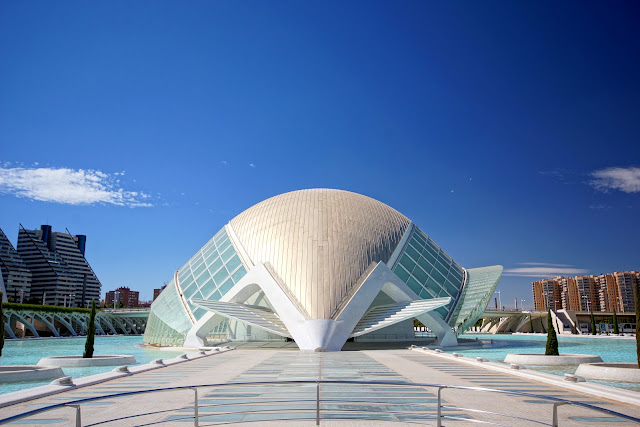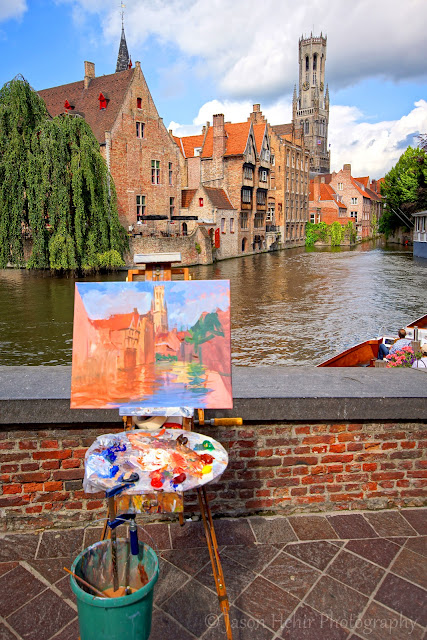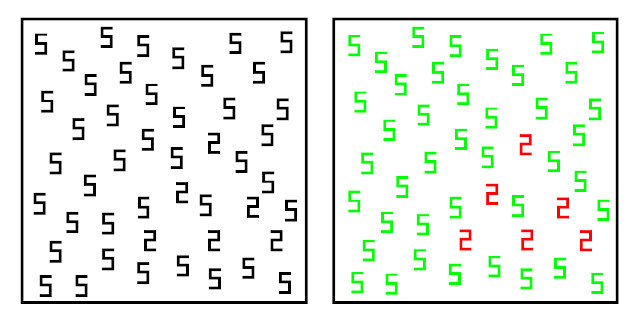I have a confession, and a grave one at that.
There was a time, not all that many years ago, when I used to believe in conspiracy theories. You know, like the JFK assassination and that the moon landings were hoaxes, I also thought there might be something to astrology, bigfoot and alien abductions; there was even a brief period when I was a 9/11 Truther.
It's all very embarrassing for me to admit to this. Just thinking back to those times makes me physically cringe. It's mortifying. I mean, each one of those things on its own would be bad enough but to go in for them all? What was I thinking? Well; I wasn't thinking. I now think that the various beliefs I held stemmed from a combination of factors: a lack of confidence, lack of critical thinking skills, misplaced faith in charismatic people I admired, a hefty dose of anti-American sentiment, reluctance to take responsibility - it's so much easier to blame the universe if your life isn't working out how you want it to, so much easier than working hard and applying yourself. But the truth is that the universe doesn't give a shit about me and my life. It was getting along just fine before I turned up and it will continue to do so long after I'm gone.
 |
| The DNA molecules I analyse at work are somewhat smaller than this |
Looking back, one of the things I find most curious about it is how I was able to compartmentalise my thoughts. I was an intelligent person with a degree in genetics and yet still I spouted all sorts of rubbish in my spare time. I wasn't a complete fool, though; there were areas of lazy, illogical thought processes that I managed to shrug off quite easily. Despite pressure to fit into the Catholic mould I found that religion never made any sense to me. The first time I read the bible was as a child, religion never made any sense to me. I would read about a miracle and just think: well, how could that have happened? Omnipotence isn't a good enough answer; if nothing else it's just plain intellectually lazy. The second time I read it through I just found myself getting increasingly disgusted with the level of self-contradiction and hypocrisy crammed onto every page. And it's not like it's even original, it's just a collection of poorly told myths and rip offs as brazen as the Bronze Age that spawned them.
 |
| L'Hemisferic |
For the life of me I can't remember what it was that made me finally shake off these mental shackles; it wasn't any one thing, I think I must have just finally started using my brain. Of the myriad benefits of my awakening I think my favourite is that all the space in my brain that was taken up by the obscene mental gymnastics required for fallacious thought, such as thinking that the US government could conspire to blow up the twin towers when they couldn't even keep a Presidential blow job a secret, is now free to be filled with something altogether more exciting and useful: science.
I was always a science geek, even as a young child but, embarrassingly far into my twenties, I had allowed it to cohabit with too much groundless nonsense and ideology. In the years since I have consciously learnt as much as I can about the fallibility of human reasoning, about the ways our brain can fool us, the way confirmation bias influences us, logical fallacies and the importance of the scientific method as the only tool we have to actually know anything for certain. All through my childhood, and even in the depths of my youthful intellectual transgressions, science has always been the topic that has got me most excited. Any and all science, I'll read anything I can get my hands on; not just the stuff I'm really into like genetics, astronomy and particle physics. The other day I lost an entire evening reading about the geology of spherules. I'd never even seen the word spherule before but as soon as I did I had to know as much as I could about it.
 |
| The opera house; a cross between the heads of Megatron and the Stig |
When I first set up this blog, nearly two years ago now, I had to come up with a name for it. Travel, Photos and Thoughts is what I came up with. I deliberately left the word thoughts in there knowing that there may well come a time when I wanted to talk about more than the places I have gone to with my camera. To an extent, that time may be arriving. Due to a damaged foot I'm not currently able to get about all that much and I have taken very few photos in the last few months. As I write this I'm supposed to be going out with
The London Photowalk group that I have
written about previously but I am unable to do so and it could be many months before that changes. Whilst I do have a bit of an archive that I can draw on it won't last forever and so I need a strategy. My plan is two fold; to try and explore my local area more so that I can keep taking photos, but also to expand my remit, if only temporarily. I don't know exactly how it will work yet but it'll definitely still involve pictures although they may be taken by the Hubble space telescope, the Mars Curiosity rover or a fancy electron microscope instead of me. Let's just see how it goes.
 |
| Giant space alien carcass? |
Everything we know about the physical world -
everything - we know through science. Combine that with our culture and the joy we find in the beauty of aesthetics and we have gone some way to identifying what distinguishes us from the rest of the animals, Art and Science. Which brings me, rather circuitously I grant you, to what was supposed to be the main thrust of this article: Valencia's
Ciudad de las Artes y Ciencias. For nearly our entire history as a species we have been willing to move heaven and earth to move earth closer to heaven. For millennia, the pinnacle of human scientific achievement were the shrines we built to religion. The cathedrals of Europe, the pyramids of
Egypt and
Mexico, the
temples of south east Asia; all required a massive amount time, effort, resources and scientific knowledge that was rarely applied to other fields of endeavour, excepting, perhaps, war. A century long building program would be embarked upon at a time when life expectancy was about 40 and no one would think this a strange thing to do. Although it all seems a bit mental now I, for one, am very pleased that they did because many of these structures remain to this day and are a long lasting testament to human creativity and ingenuity. But something I'm also very pleased about is that it is now not considered unusual to put a similar amount of effort and resources into the celebration of science and the arts; this is what has happened in Valencia.
For the 2,000 years that Valencia has existed the river Turia ran through it's heart, but the river was prone to frequent flooding and one particularly bad incident in 1957 left the Valencianos knowing that something had to change. They weren't messing about either, their solution was to move the river. The Turia now spills out on a flood plain to the south of the city and the long, wide, snaking riverbed was turned into a sunken 9km municipal garden filled with acres of parkland, athletics facilities, sculpture, children's play areas and fountains. At the far eastern end of this complex, just before it meets the Mediterranean Sea, is the City of Arts and Sciences. This comprises of many buildings, the highlights of which are the
The Palace of Arts, which is primarily an opera house and incorporates one of the most amazing feats of architecture I have ever seen;
L'Hemisferic, which is an enormous IMAX style cinema that envelops the viewers with a screen that seems to surround you;
L'Oceanografic, home to the largest aquarium in Europe and some truly ridiculous fish tanks; and, my favourite, the
Museum of the Sciences, an astonishing building with 40,000 square metres of space in which to demonstrate the diversity, joy and excitement of the world of science.
The building is remarkable, it looks like something between a giant, pre-historic whale skeleton and the corpse of a gargantuan, alien insect. But all in white. I did my best to get a picture of this in all its monstrous glory but the temperature was in the high 40s. I'm not kidding, this was Valencia in August, we would go out for breakfast of a morning and be grateful it was a chilly 27 Celsius. In this sort of weather I burn in ten minutes, if I'm not careful, so I would slink from shade to shade like some sort of anti-lizard desperately eking out what little protection from the onslaught of the sun my Irish heritage could afford me.
 |
| Architecture on this scale tends to lend itself to the abstract |
Inside, the exhibits are heavily weighted towards the interactive end of the scale and children certainly seemed happy to conduct their own experiments like good little empiricists. One large section contains a huge forest of the chromosomes 30 feet high as if it were an altar to the gods of karyotyping; there are the obligatory sections on space exploration and electricity and even one on the science behind Marvel comic characters. One nice touch was a sawdust-filled incubator that had a ready supply of chicken eggs so that, for those willing to be patient, you could watch a chick's first efforts in life as it forces its way out of its shell-bound world. Simple, but both exciting and inspiring in equal measure.
I think I could have spent the entire holiday just exploring these buildings, they certainly need two full days to do them any sort of justice; yet this is just a small portion of the city. Valencia has a large and vibrant Old Town that, itself, needs at least another couple of days of exploration to seek out all the hidden gems on offer, something I will likely detail in a future post. Until then, enjoy the science.





















